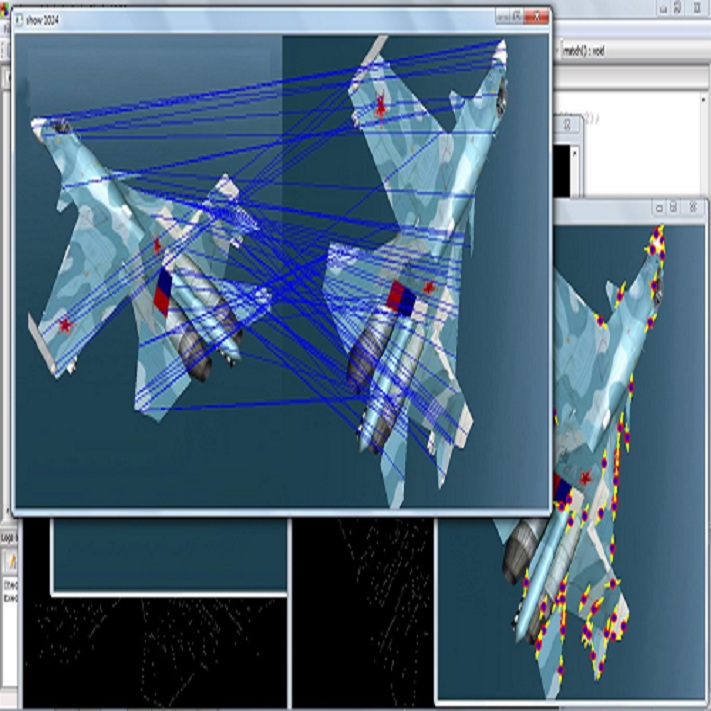Registration of pre-operative and post-recurrence brain images is often needed to evaluate the effectiveness of brain gliomas treatment. While recent deep learning-based deformable registration methods have achieved remarkable success with healthy brain images, most of them would be unable to accurately align images with pathologies due to the absent correspondences in the reference image. In this paper, we propose a deep learning-based deformable registration method that jointly estimates regions with absent correspondence and bidirectional deformation fields. A forward-backward consistency constraint is used to aid in the localization of the resection and recurrence region from voxels with absence correspondences in the two images. Results on 3D clinical data from the BraTS-Reg challenge demonstrate our method can improve image alignment compared to traditional and deep learning-based registration approaches with or without cost function masking strategy. The source code is available at https://github.com/cwmok/DIRAC.
翻译:虽然最近的深层基于学习的变形登记方法在健康的大脑图像方面取得了显著的成功,但由于参考图像中缺少对应信息,其中大多数将无法将图像与病理病理精确地统一起来。在本文件中,我们提议了一种基于深层次基于学习的变形登记方法,以共同估计没有通信和双向畸形区域的区域。一种前向后向一致性限制被用来帮助将两种图像中缺少通信的氧化物的再切和复发区域本地化。BRATS-Reg挑战的三维临床数据结果表明,我们的方法可以改善图像与传统和深层基于学习的注册方法的相匹配,而不论是否采用成本功能遮盖战略。源代码见https://github.com/cwmok/DIRAC。





